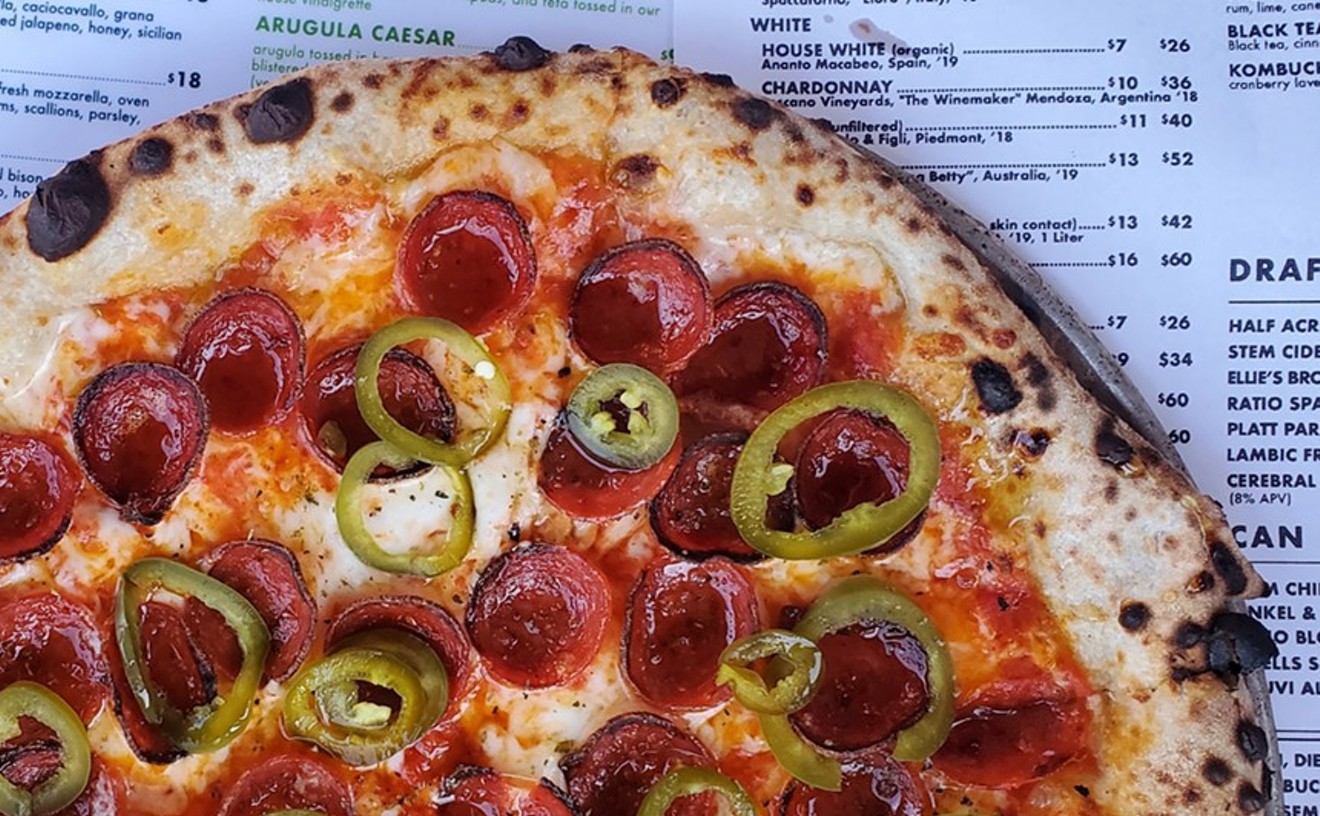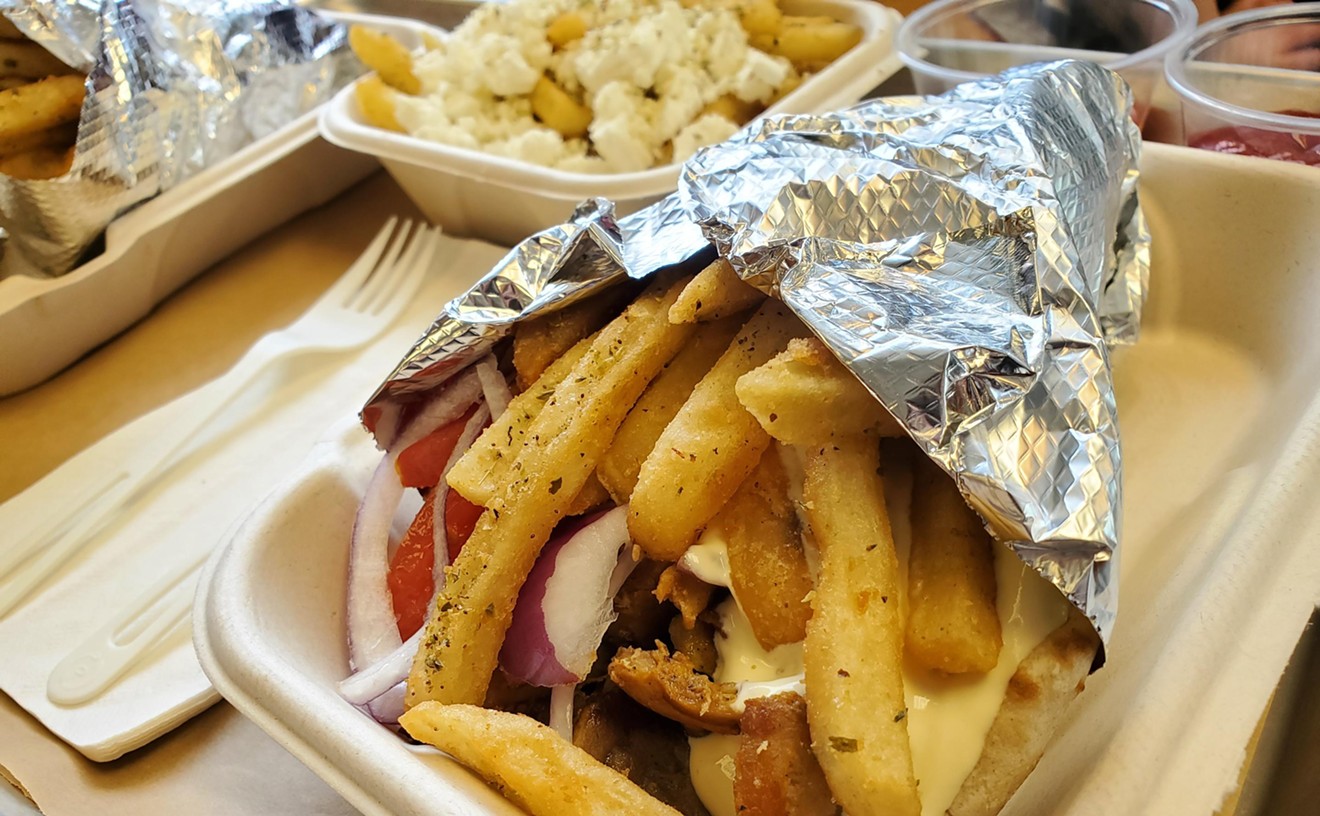Al Laws is passionate about what he loves. As the owner and founder of Laws Whiskey House, it’s obvious that what he loves is whiskey. “I really, really like rye whiskey,” he says. “I think it’s the most sensual whiskey.” This week Laws and head distiller Jake Norris released the second style of their Denver-distilled whiskey, a straight rye called Secale, in the same distinctive square bottles as their original Four Grain Straight Bourbon.
“It’s a long time coming for us,” says Laws, who released the first bottles of Laws last October. “We started making this rye three and a half years ago,” he adds. In all, 307 barrels of rye were produced, with this newest release consisting of ten of those. Seventy-five bottles were filled from each of those ten barrels, resulting in 750 bottles — at a cask strength averaging 139 proof — with the unique flavor of each particular barrel. The remaining whiskey was married to make the main rye: 1500 bottles at 100 proof.
Not only was it a long time coming, but making the new spirit was an arduous process. “Rye is a tough, tough grain to work with,” Laws says. “It fights you the whole way. In order to get the rye that we wanted to make, we took the time, just like with everything else we do here. We tried to do it right.”
After experimenting with a handful of recipes, he and Norris finally settled on one that they liked, distilled it, put it into barrels and let it rest. In May, it was bottled. All eleven expressions of the whiskey were made available earlier this week at a wholesale launch at the distillery. Liquor stores, bars and restaurants were allowed to purchase up to six bottles of the small-batch rye and two bottles of the cask strength single-barrel. The public will be able to purchase bottles at the distillery this weekend.
Judging by the enthusiastic reception, Laws and Norris weren’t the only ones hotly anticipating Secale Straight Rye: At least 200 people turned out for the wholesale launch to buy as many bottles as they could. “There’s been an overwhelming number of people here today,” Norris says. “We didn’t think we’d have this many people. We’re basically sold out.”
More than three years ago, the seeds that would sprout and become Secale were planted in Alamosa. In the fields of the San Luis River Valley, the family behind Cody Farms planted a species of rye indigenous to the area on 240 acres of land. (Secale gets its name from secale cereale, the Latin name for the rye grain). The rye likes the high altitude of the area as well as the dry climate there. The seeds are planted in September and, as winter sets in, the young shoots go dormant. They come back to life in the spring and are harvested as mature plants at the end of July.
This unique, heirloom rye produces a grain that is slightly different than other rye, making it singularly favorable for fermenting and distilling into whiskey; the fatty lipids in the grain yield a whiskey with a more luxurious texture. The Cody family has been growing the rye since the 1930s and Jason Cody, one of the farmers, calls it, simply, SLRV rye — short for San Luis River Valley rye.
“We really, really wanted to work with a distinctively different grain,” Laws says. “This is a distinctive rye. It tastes very different than most ryes.” The local origin of the grain is the linchpin in Law’s quest to produce a spirit that reflects the Colorado terroir — the characteristics of a certain geographical area, reflected in the taste of a spirit made there.
Laws is so tied to the concept that he sent some his distillers down to Alamosa to help plant the grain that eventually became his new whiskey. “We’re really tied into that as a partner,” he explains. “The grain comes from the Earth, and it makes it’s way up here. We turn it into something greater than it once was.”
Law and Norris make whiskey at their new Platt Park distillery with the help of a seasoned distilling team that includes Stephen Julander, Jason Mann, Alex Alexander, Sam Poirier and James Kunz. “Everyone has some insight and puts some of their heart and soul into this,” Laws says. “That’s a characteristic of all our whiskies here. I’ve never met a more passionate group of people who get really dialed into this.”
But making something great takes effort — and the rye is delicious, but reluctantly yields that flavor. “If you distill it too hot, it sticks to the equipment and it takes forever to get it off,” Laws explains. “It turns into slime. You gotta make sure the temperatures are right when you put it in, or it’s gonna get insanely gooey. When it starts to ferment, it will come out of the fermenter at you. Everything you do, you have to do with kid gloves.”
“It’s tough to make,” Laws continues. “It’s aggressive at the front end, then once you pull a spirit out of it, it becomes something completely different. So, to us, it’s the art of going through the creation of this whiskey from a grain that isn’t very cooperative.” Laws pays two times the price of other ryes for the SLRV variety because, despite the difficulties of fermenting and distilling it, he thinks it’s worth it.
“The rye is seasonal,” he says. “When we use up all the rye that they’ve grown for us, we stop making rye.”
Laws and Norris have distilled rye before, as part of their flagship four-grain bourbon. In that whiskey, all four grains — rye, wheat, corn and barley — share the spotlight. The plan now is to begin deconstructing that formula by producing whiskeys from only one grain each.
“The four-grain whiskey is the four mother grains in harmony,” Norris says. “We can taste all four grains in every sip. Now we want to break them out and show a single-grain expression of each of the constituent grains. We’re going to do that as close to a single grain as we can.”
But, again, it’s not that easy. “We don’t have enough room to continue to make bourbon and all these others in a continuous way,” Norris says. The rack house is already full of barrels, some of them with Secale. “There’s three years of seasonal production laid down and resting,” he continues. “What we’re releasing now is the very first stuff that we did, way back when.”
The still at Laws Whiskey House is almost always in operation, cranking out spirits that will be tested at six , twelve and eighteen months. It’s at eighteen months that Laws and Norris know if they have something good. If they do, it goes into a barrel rests for years before it is bottled. “We don’t like it to go cold,” Laws says of his copper still. “We like it hot.”
Separate wheat and barley distillates were green-lighted three months ago, and first-production runs have been produced. “We just made our very first production runs of both of those,” Laws says, “and we’re going to start laying down more of them. We’re going to make 40 batches of wheat whiskey next month.”
For Norris, the future is corn. “I’m pretty excited about our corn whiskey,” he says. “I think it’s the best corn whiskey I’ve ever had, and I think I’d like to roll that out as soon as possible.” But he won’t rush it. “The barrels tell us when they’re ready, he says. “We listen to them. We don’t want to put it out till it’s ready.”
The ten empty Secale barrels have been sold to local breweries, where they will be used to condition beer. Renegade Brewing got one and plans to use it to age its annual barley wine. True Brewing will use one to hold a special rye beer. Baere Brewing Company and Former Future Brewing Company each have one barrel, and will fill them with their own brews.
“We get to be a really small part of their creative process,” Laws says. His barrels, dry, weigh about 100 pounds. After the rye whiskey is drained, they weigh 120 pounds, since over a gallon of whiskey has been absorbed into the wood staves. Any beer aged in the barrel will see an 2% increase in alcohol content from that residual whiskey.
And there will be more empty barrels. “We don’t have much of this stuff,” Laws says. We only had 307 barrels, total. We just bottled ten. The rest steps up every year. We have another release coming this fall which will be a little bit more than this.”
When this first run of Secale is sold out, there won’t be any more of it until the fall of 2016. “That’s when it gets made,” Norris says. “It’s a terroir whiskey that gets made seasonally in the fall. When the whiskey is ready, we select it, and then barrel it. We only harvest rye once a year so, really, you make rye once a year.”
And what about all the other whiskies he plans to make? “They’re already aging,” Norris explains. “The barrel tells us when it’s ready.”
[
{
"name": "Air - MediumRectangle - Inline Content - Mobile Display Size",
"component": "12017618",
"insertPoint": "2",
"requiredCountToDisplay": "2"
},{
"name": "Editor Picks",
"component": "17242653",
"insertPoint": "4",
"requiredCountToDisplay": "1"
},{
"name": "Inline Links",
"component": "18838239",
"insertPoint": "8th",
"startingPoint": 8,
"requiredCountToDisplay": "7",
"maxInsertions": 25
},{
"name": "Air - MediumRectangle - Combo - Inline Content",
"component": "17261320",
"insertPoint": "8th",
"startingPoint": 8,
"requiredCountToDisplay": "7",
"maxInsertions": 25
},{
"name": "Inline Links",
"component": "18838239",
"insertPoint": "8th",
"startingPoint": 12,
"requiredCountToDisplay": "11",
"maxInsertions": 25
},{
"name": "Air - Leaderboard Tower - Combo - Inline Content",
"component": "17261321",
"insertPoint": "8th",
"startingPoint": 12,
"requiredCountToDisplay": "11",
"maxInsertions": 25
}
]










